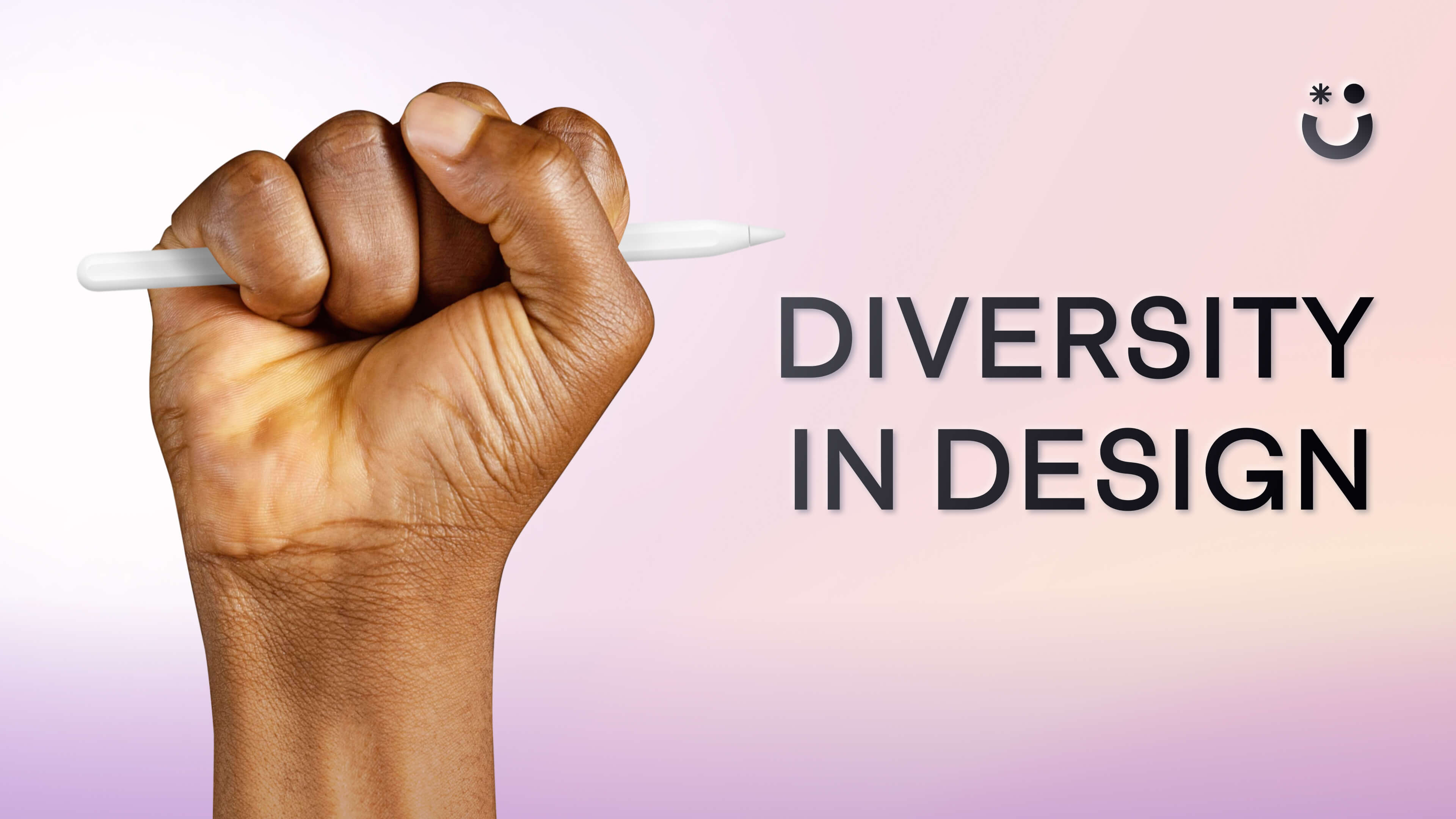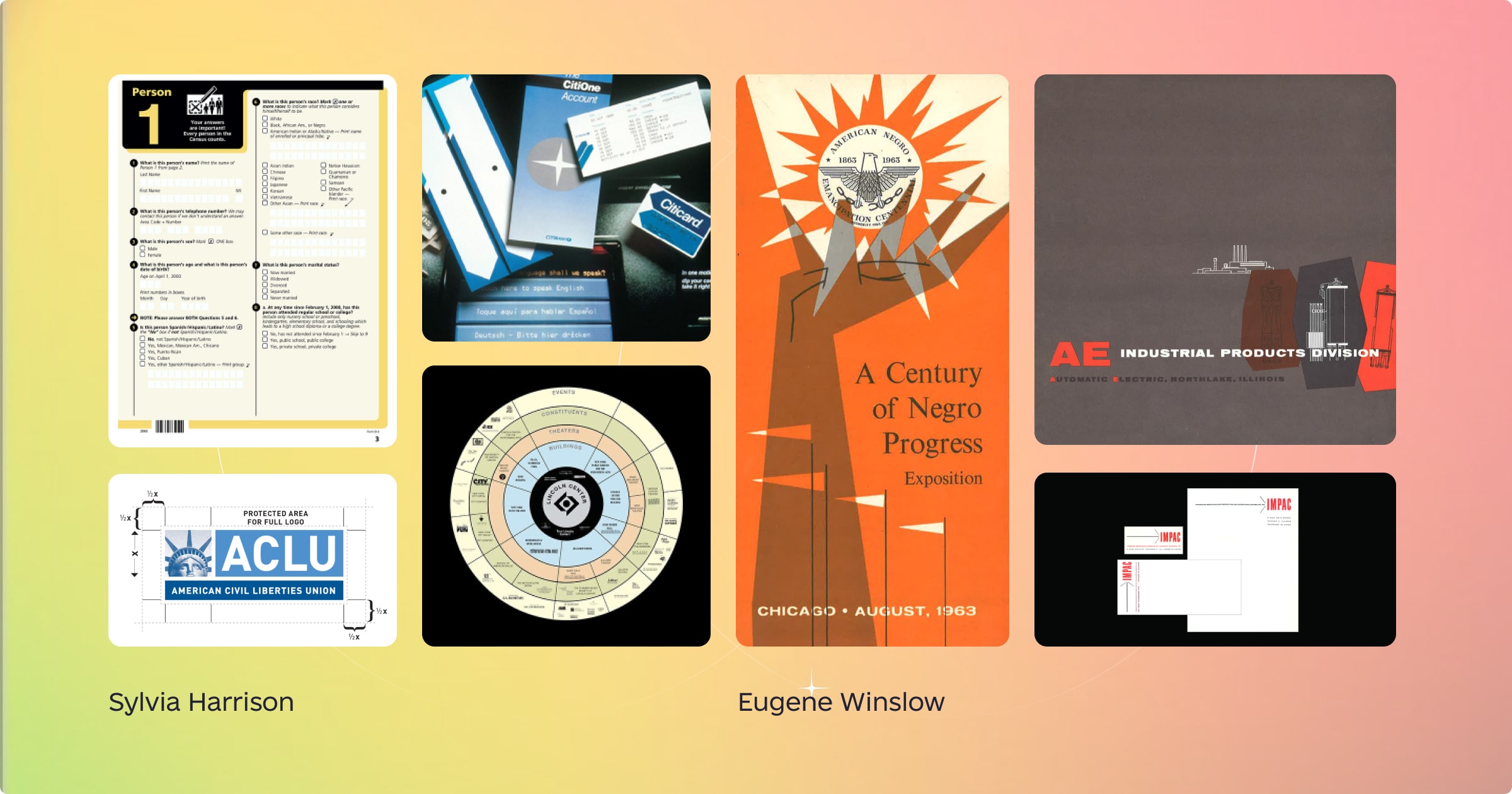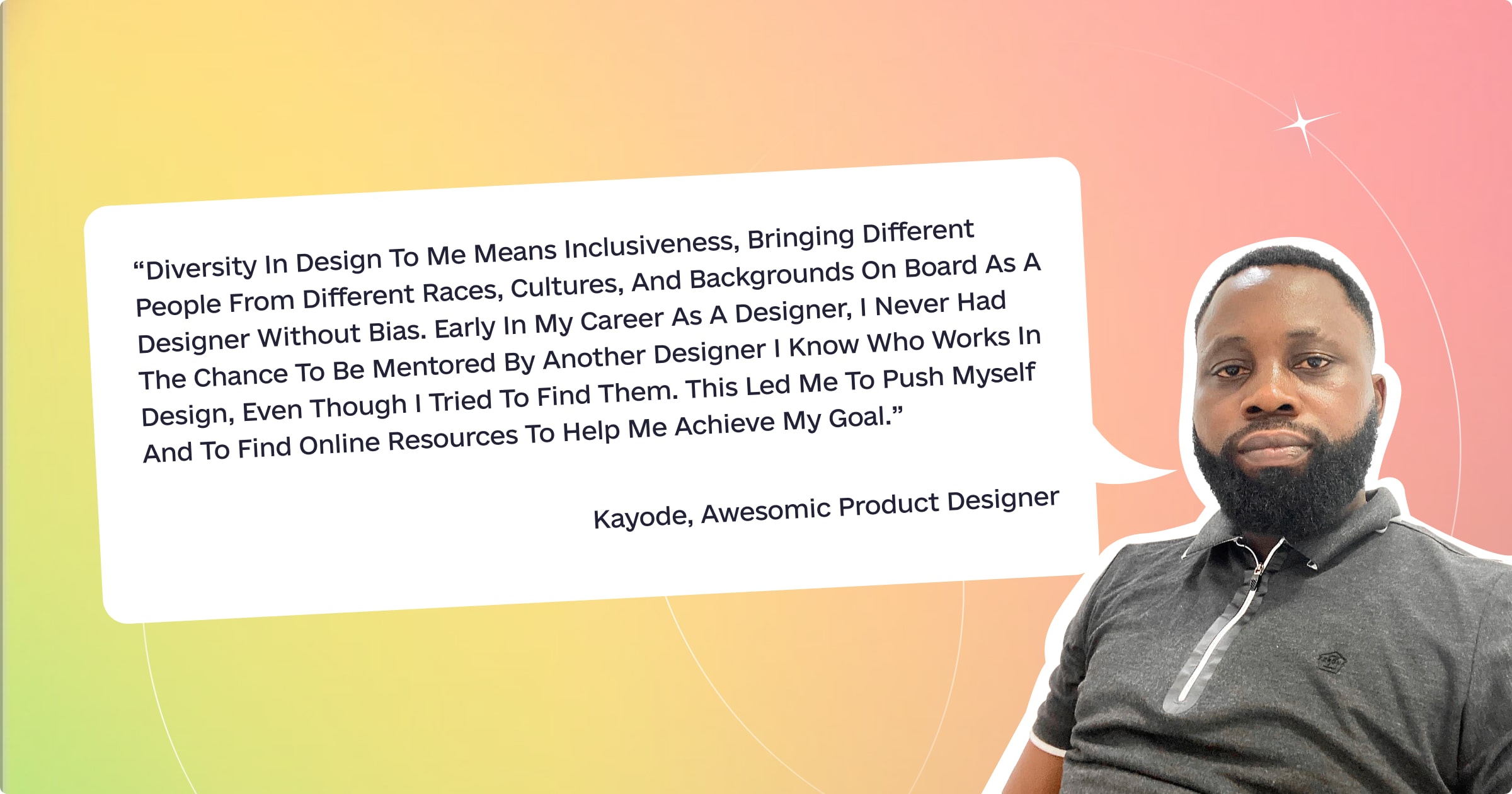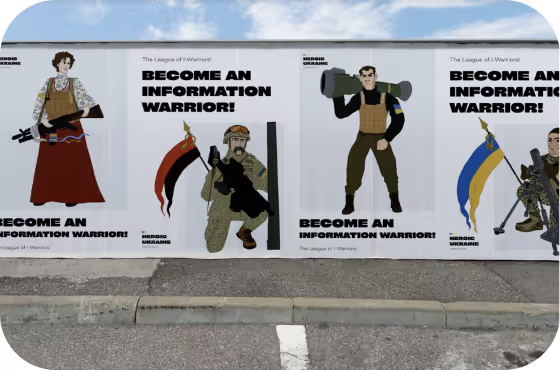Diversity in Design: Celebrating Black History Month



Did you know that of all the graphic designers in the U.S., only 3.4% are black? While those numbers may be shocking, the lack of diversity in the design industry has been an issue for many years. When taking a deeper look, it's clear that this is problematic for many reasons. Designers can shape perception and build culture by designing products we touch daily.
Now more than ever, we need diversity in design (DID) to impact perception, build culture, and affect change. One great way to highlight diversity's benefits is by celebrating Black History Month. Taking the time to recognize the immense contributions of African Americans to U.S. history while acknowledging their integral role in the design is vital!
From crafting iconic logos and illustrations that have become synonymous with success to utilizing cutting-edge technology for digital creations – diversity in creative design is worth celebrating all year round as it continues revolutionizing our visual landscape.
To continually remember the remarkable achievements of African Americans and their positive impact on the world around us, here are a few reasons why diversity in design matters.
Diversity in Design Is Important
When brands strive to be more inclusive and diverse, it's the best way to ensure that all the people who use its products or services are represented.
Having designers with different backgrounds working on your projects can bring new processes and experiences during the design stages and create something that resonates with people of many different backgrounds.

Diversity also makes a business more competitive. Companies that hire designers and other employees from diverse backgrounds are more innovative and adaptable when creating designs. This makes them more competitive than those relying on traditional methods or unwilling to take risks based on previous social biases. Simply put, diverse teams can develop better solutions because they have more experiences to draw from.
While history has shown us that everyone, especially Black creatives, has not had the chances or opportunity to showcase their design talents, many notable African-Americans built the foundation and pathways for many of the design techniques we see today!
Contributions of Black Graphic Designers
Throughout history, prominent Black graphic designers have built the foundation for various contemporary design styles in ways that would not have been possible without them.
For example, designer Lance Wyman designed the iconic logo for Mexico City’s Olympics in 1968, as well as logos for other prominent events like Expo '74 in Spokane and Expo '86 in Vancouver. He is also known for his work on album covers for recording artists such as Santana and Johnny Cash.
Creative designer Charles Dawson, developed advertisement illustrations to help establish notoriety during the 1920s and 30s and become an influential Chicago designer. He would also become a founding member of The Arts & Letters Collective, which was the first black artist collective in Chicago.
Emory Douglas was a black creative designer who would become an integral part of civil rights advocacy during his role as Minister of Culture for The Black Panther Party.
He was skilled in typography and logo design, which allowed him to use his creative skills and help the Black Panther Party with powerful visuals, bold illustrations, cartoons, and print graphics about African-American’s struggles for equal rights.

Georg Olden was another groundbreaking black trailblazing creative. After discontinuing his studies prematurely at the Virginia State College, he would become the first African American graphic designer for the CIA’s predecessor, The Office of Strategic Services.
It wasn't long before his talent and connections landed him as Head Of Network Division for On-Air Promotions at CBS in 1945 - paving the way for popular programs like Gunsmoke and I Love Lucy.
In 1952 he created an iconic vote tallying scoreboard which revolutionized how we watch presidential elections on TV today! Furthermore, Georg commemorated freedom with cutting-edge designs featured during centennial celebrations marking the emancipation from slavery, earning himself seven Clio Awards along the way by 1970.

Other notable black graphic designers include people like Gail Anderson. She has won numerous awards for her hand-lettering, typographic skill, and poster designs. Her work has appeared on book covers, magazines, and more!
Sylvia Harris was another multifaceted black designer with an incomparable dedication to helping others. Her passion for understanding social systems based on her experiences allowed her to employ an unwavering commitment towards research and design across many disciplines - from institutions like hospitals and universities to government projects such as Census 2000's.
With her knowledge of design, she was able to help with the rebranding efforts of the Census, which aimed to encourage citizens who may have been previously excluded or ignored to participate.

Finally, designer Eugene Winslow, having been born into a family who believed in the importance of education and encouraged their children to pursue the arts, would become another notable black designer in history.
He attended prestigious universities like Dillard and The Art Institute of Chicago. During WWII, he served his country with distinction - enlisting alongside some of America's most revered servicemen: The Tuskegee Airmen. Coming back from war, he co-founded Am-Afro publishing house, where they printed 'Great American Negroes Past and Present,’ which featured illustrations by Eugene himself!
That same year that publication came out, he designed a commemorative seal for the centennial celebration honoring President Lincoln's Emancipation Proclamation at an exposition within his beloved city – Chicago. Throughout it all, one thing remained true about Eugene: he intended to leave behind something more significant than what was received: His strong commitment towards racial integration wherever possible!
While there are so many more creative black designers, these are just a few examples of the incredible talents who have helped shape our contemporary design landscape through their creativity and innovation.

Design by Diverse Perspectives
At Awesomic, we recognize that the best designs are created from various perspectives. When different individuals collaborate on a project, they bring unique ideas and insights that can help create something truly special. This understanding is what drives us to seek out diverse input from all backgrounds to create amazing designs that represent everyone within our society.
We’ve built a team that understands that creating designs for people with different cultural backgrounds and languages, who may view the world differently, provides the best creative outcome.
Each individual brings unique perspectives to the table - whether through cultural heritage or personal experience - it has genuinely helped Awesomic create a better product while delivering high-quality service.
A Visual Tribute to Black History Month
We believe in using our talents as a means of empowerment through art and design, leading us down this path of diversity in our creative process. To further commemorate Black History Month, our designers were inspired to create beautiful artwork as a tribute.

How Will You Empower Your Designs With Diversity?
Designing with diversity in mind is about including everyone in the design process to create products that work better for everyone. The Awesomic team believes in celebrating diverse perspectives to help drive innovation within our industry - something we strive to do daily.
As we celebrate Black History Month, we must recognize the individuals who continue to make invaluable contributions toward the advancement within the design world! If you found this content interesting and you’re looking for more great content visit our blog page today!
Sources: Laughton Creatives; Atlanta Blackstar; The Chicago Design Archive; The Design Observer
One subscription and your hiring problems solved


FAQ

Awesomic is a revolutionary app that matches companies with vetted professionals across 30+ skill sets, from design and development to marketing and product. Based in San Francisco with a global core team, we offer a faster and more flexible alternative to traditional hiring through a subscription-based model. Awesomic delivers high-quality talent on demand, without the delays of recruiting.

We function as a subscription-based service that matches you to top-tier, vetted talent. Submit a project in just a few clicks and start receiving deliverables in as little as 24 hours. Scale your Awesomic plan up or down as your business needs change.

Every Awesomic subscription comes with unlimited revisions. You receive daily progress updates via the app, and you can provide feedback or request iterations as needed. If your project requires a different approach, you can request a talent rematch at any time, at no extra cost. You can also add teammates to collaborate and streamline feedback

A talent marketplace is a platform that utilizes data and intelligent matching algorithms to connect professionals with projects based on their skills, experience, and availability. While often used internally by large companies, Awesomic applies this model at scale, matching vetted global talent to your most critical business needs.

Hiring is time-consuming, expensive, and risky. Awesomic eliminates that problem. We rigorously vet all talent for technical ability, communication, and soft skills, ensuring only senior-level professionals work on your projects. You skip the job posts, interviews, and delays, and get straight to results.

No, Awesomic goes beyond design. While many clients utilize us for branding, UI/UX design, or motion graphics, we also provide vetted talent in no-code web development, product design, marketing, and more. Think of us as an extension of your team. A flexible, high-performing creative partner from planning to execution, whether you're building awesome products or scaling your team.

You can talk directly with your matched talent via the Awesomic app, connect via Slack, email, or schedule video calls. No matter the plan, you’ll receive daily updates in the app for every active task. You can also tag us in for any issues through our in-app customer chat.












